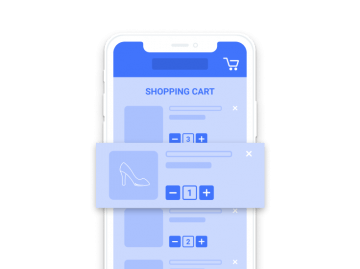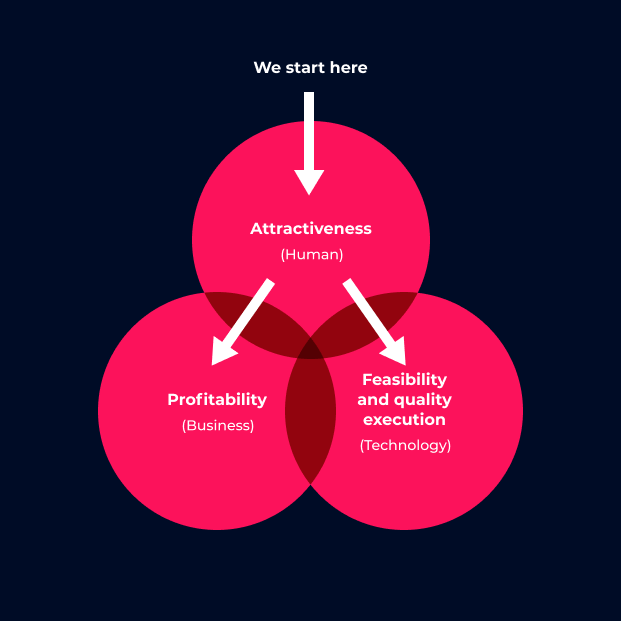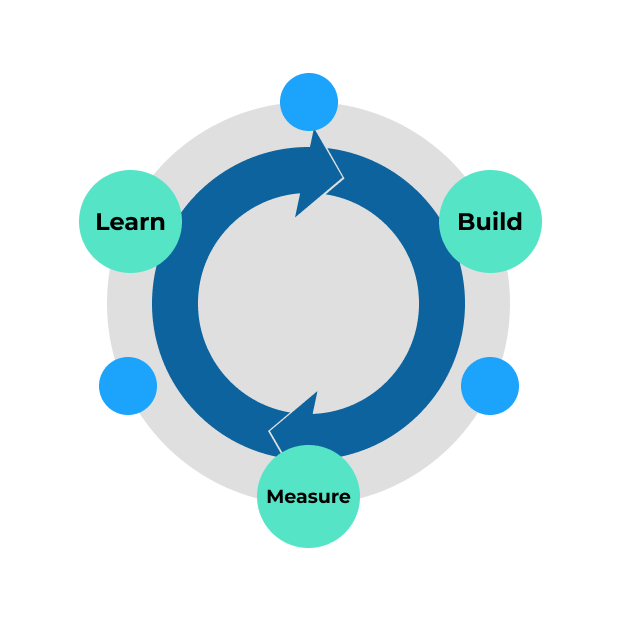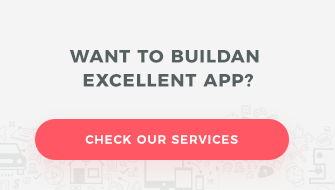Most marketing and e-commerce experts agree that m-commerce applications or loyalty applications generate business benefits. Apart from constituting an additional sales and communication channel, which is always within the customers’ reach, apps provide high quality data as users never log out, which allows precise profiling, unavailable through web solutions. However, for an everyday end-user such benefits might be less obvious. It seems much easier to identify the advantages in case of companies that have numerous loyal and regular customers. This applies to foodstuffs sector, fashion or beauty industry. Here, customers download an app in order to stay up-to-date with the products on offer or never to miss out on any special offers. Also, apps help save time with their greater availability as compared to mobile web pages, as well as processing purchases faster due to stored data on the preferred method of payment and delivery address. In contrast, the issue is a bit more complicated for companies which offer goods purchased occasionally, or at intervals, such as furniture, consumer electronics, home appliances or cars. For those business sectors, getting even your most loyal customers to install an app, whose functionality mirrors that of a mobile web page, is no easy task. Time saving functions, discount offers or convenience are hardly persuasive if you are to use an app once a year.
CEOs often ask what could possibly tempt customers into downloading such an app. My answer is that the problem does not lie in creating new functions, which would attract customers, no more so than it is to devise and construct an app that would bring about tangible benefits. The challenge is to develop a solution that will unite either perspective, allowing for feasibility.
The search for that optimal solution begins with a realisation that it is the business that must bend towards the customers’ needs, not the other way round. Therefore, the entire procedure must begin with a deep understanding of the people for whom an app is to be created. This is done in two ways, which might be conjoined or used alternatively. The first method consists in detailed interviews with potential users; the other relies on the company’s own pre-existing, albeit scattered, knowledge about its customers’ needs.
Customer Journey Map serves as our primary tool for the initial stage when we systematise customer data, which helps describe all customer experience, related both to the customer path to purchase and their mental and emotional states across different stages of their procurement process or right afterwards, including post-delivery usage feedback.
Once we have understood the plans, dreams and hopes or fears, problems and frustrations that drive your customers on each particular stage of the procurement process flow, we are ready to brainstorm ideas on functionalities which would improve their experience. The tools and methods we use help us to get off the ground and unleash creativity in everybody taking part in the process. Analysis and critical thinking come later. Often, it is the people who believed themselves to be the least creative generate the highest number of ideas or the most innovative and brave concepts. Brainstorming solutions for particular users of an application, we first and foremost consider the future users and their needs. Our goal is to make their lives easier and more pleasurable. If people are not only to download an app, but also to keep on using it, they must receive something in return.
The next stage is about verifying the quality of our guiding ideas and selecting the most appropriate solutions. This is where we provide a reality check. We elect only such solutions that seem to satisfy the needs of your customers in the most attractive way, while subscribing to your company’s strategy and business aims, simultaneously keeping each solution financially reasonable. A number of ideas gets discarded either due to too high a production cost, compared to the expected return on the investment they would provide, or they simply do not comply with brand philosophy. There is, however, always a handful of ideas which bridge the needs of people and business. Then, a prototype application, or indeed a few prototypes, are created, which can be tested by users in order to collect their critical feedback. Interactive graphic schemes are made, which help users interact with the design, although these are no programmed applications yet. Once feedback is collected, we implement changes. This is an iterative process, whereby design, testing and prototype modification might be looped alternately until a satisfying result is reached or until a decision to change direction is made; or, in rare cases, until the project is abandoned.
Developing apps, which is the most costly stage of the entire project, starts only when all parties are convinced that we are heading in the right direction. The app architecture programming process and creating m-commerce software deserves a separate post, which we will surely publish soon.
Knowing that a perfect solution rarely comes at first try, or version 1.0, we actively gather user feedback once an app has been published. We place equal importance on quantitative data, i.e. the number of downloads, engagement and retention indicators or retention rate, and qualitative data from user comments.
Best digital products are constructed in the course of iterative process, which comprises roughly three activities continuously repeated within a loop of build-measure-learn.
Many companies prematurely begin to develop and publish apps, which despite their potential to provide multifold business benefits, fall flat as they present users with no value added. Others stop, having published the initial version, hoping that the opening solutions were right on target. The design procedure as described above maximises the chances to meet the needs of both users and the company, while keeping development cost for that appropriate solution optimal.
You might also like

Increasing mobile app retention focuses on the users returning…

Most marketing and e-commerce experts agree that m-commerce applications…

The number of people shopping through mobile devices is…

There has been much talk of e-commerce in recent…

App Store Optimization, or ASO, entails the process of…




